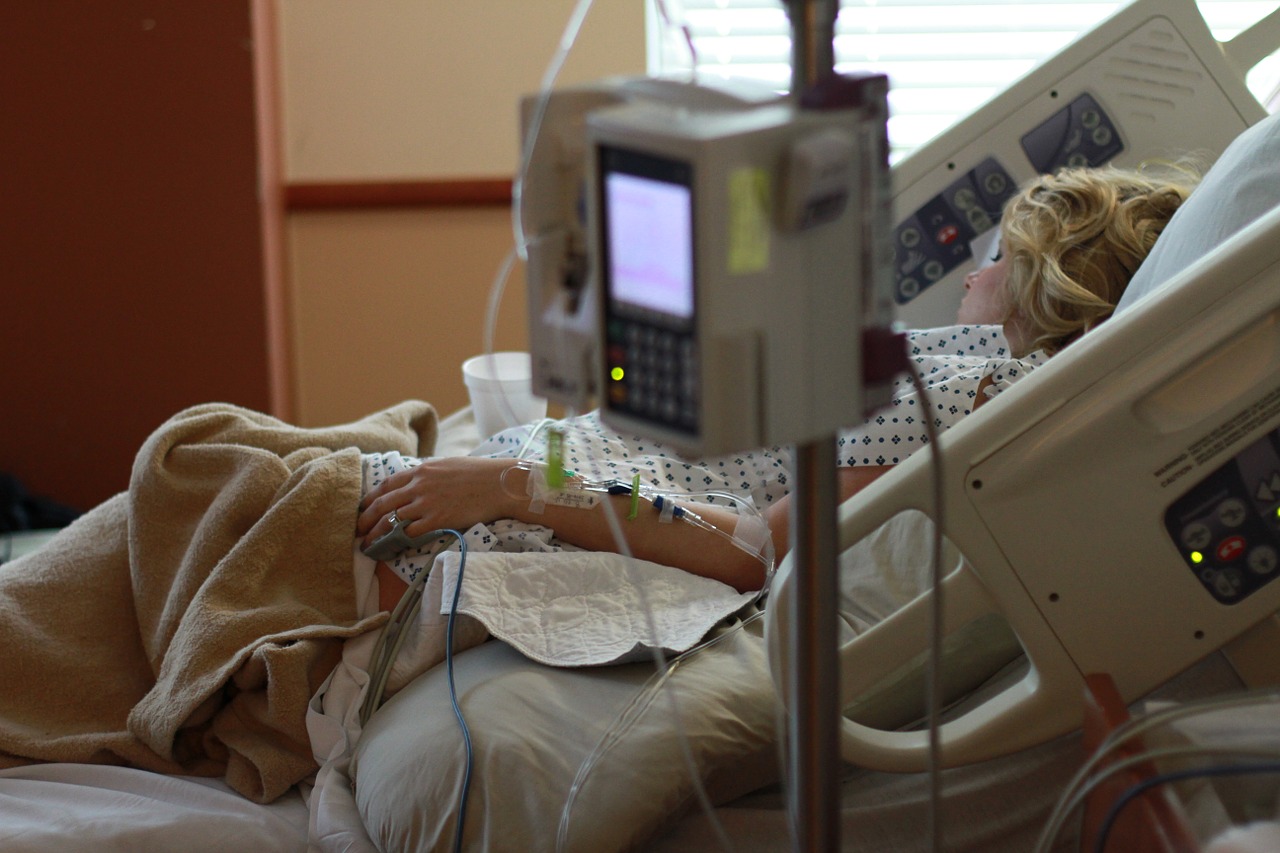
Noneconomic damages are losses sought in malpractice suits for pain and suffering, distress, reduced enjoyment of life and other consequences. Some policy makers and organizations argue that there should be a limit on the amount individuals can be paid for such damages because it is difficult for juries to accurately evaluate claims. In addition, some research has indicated that capping noneconomic damages can increase the number of physicians and thus improve access to health care.
A 2012 study from Seton Hall University published in the American Law and Economics Review, “The Impact of Noneconomic Damages Cap on Health Care Delivery in Hospitals,” used county-level data from 1990 to 2006 to find the effect of these caps on broad indicators of health care delivery. More than 30 states have some kind of limit on malpractice suit damage awards. Examined were rates of hospital admissions, number of surgeries and outpatient visits.
Findings of the study include:
- Overall, the estimated impact of caps on noneconomic damages was relatively small: Hospital admissions fell 2.5%, outpatient visits rose 4.5% and surgeries decreased 3.5%.
- Mortality as a result of surgical complications rose after the adoption of caps. The largest effect appears two years after surgery and is “consistent with a change in treatment patterns that increases the probability of complications.”
- Rates of emergency care were essentially unchanged by the adoption of damage limits.
For the researchers, the predicted decrease in surgeries is an indication the caps “lead to changes in health care that offset the impact of the increase in the number of providers.” This could include an improvement in overall health because of the increased number of physicians or a reduction in “defensive medicine” intended to limit the potential of malpractice claims.
Tags: tort reform, law, medicine, health care reform
